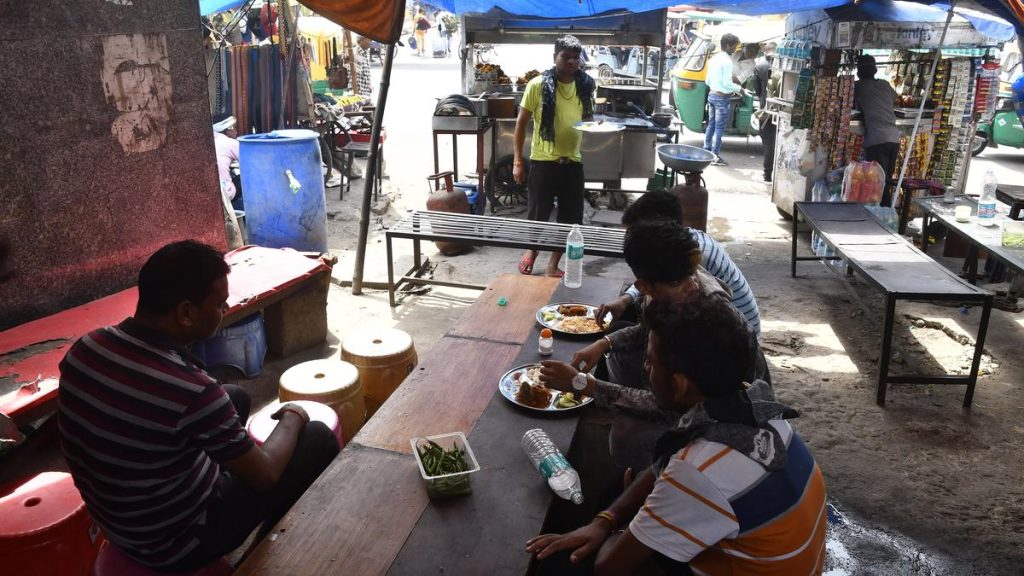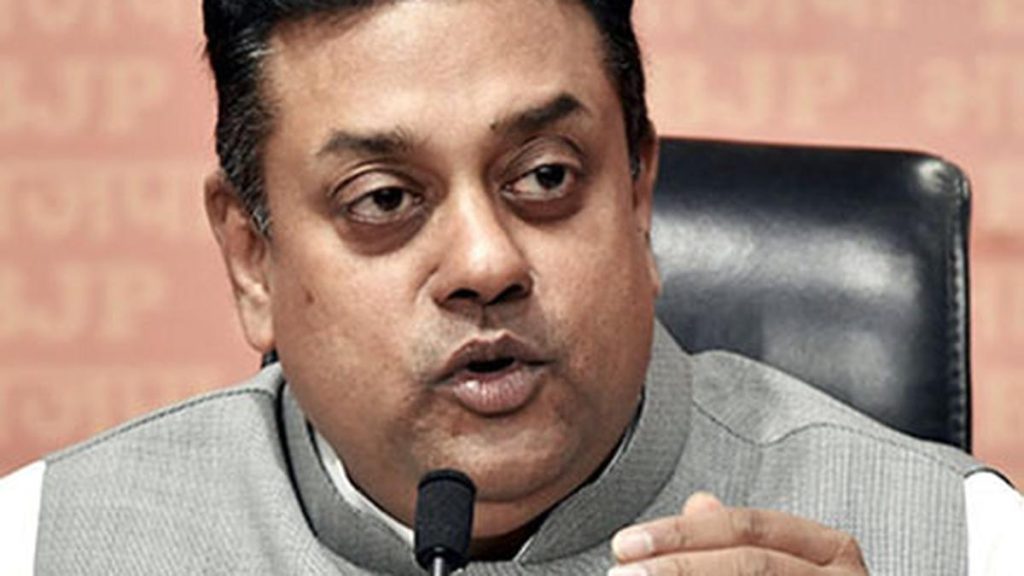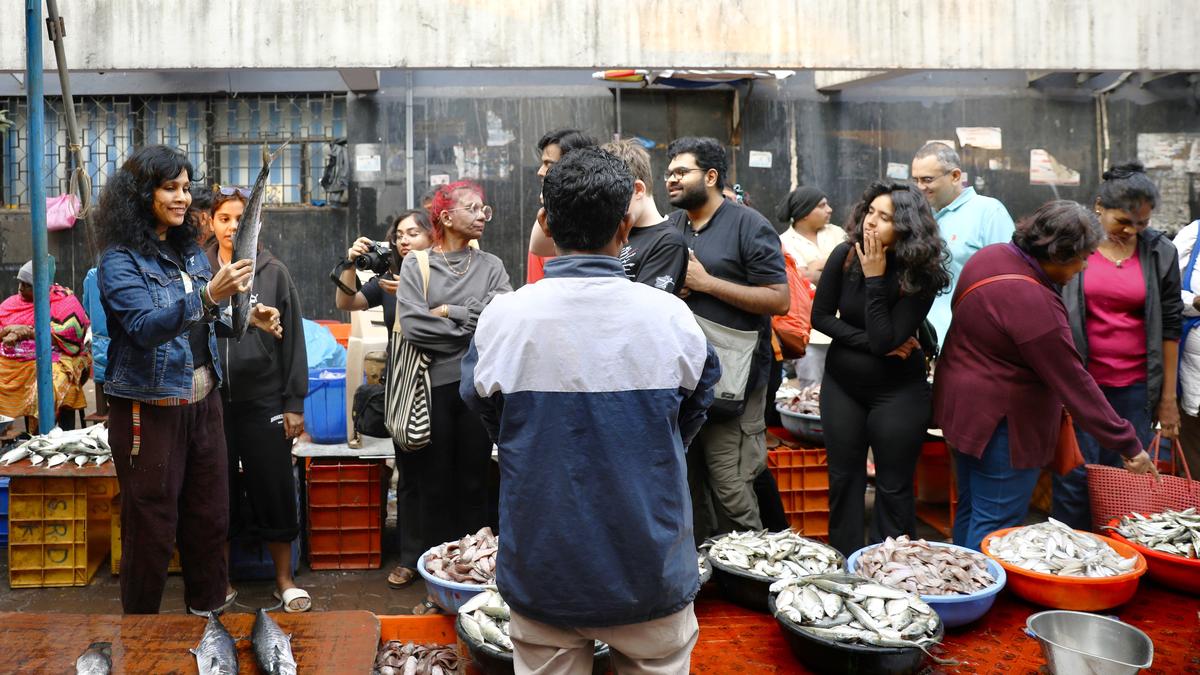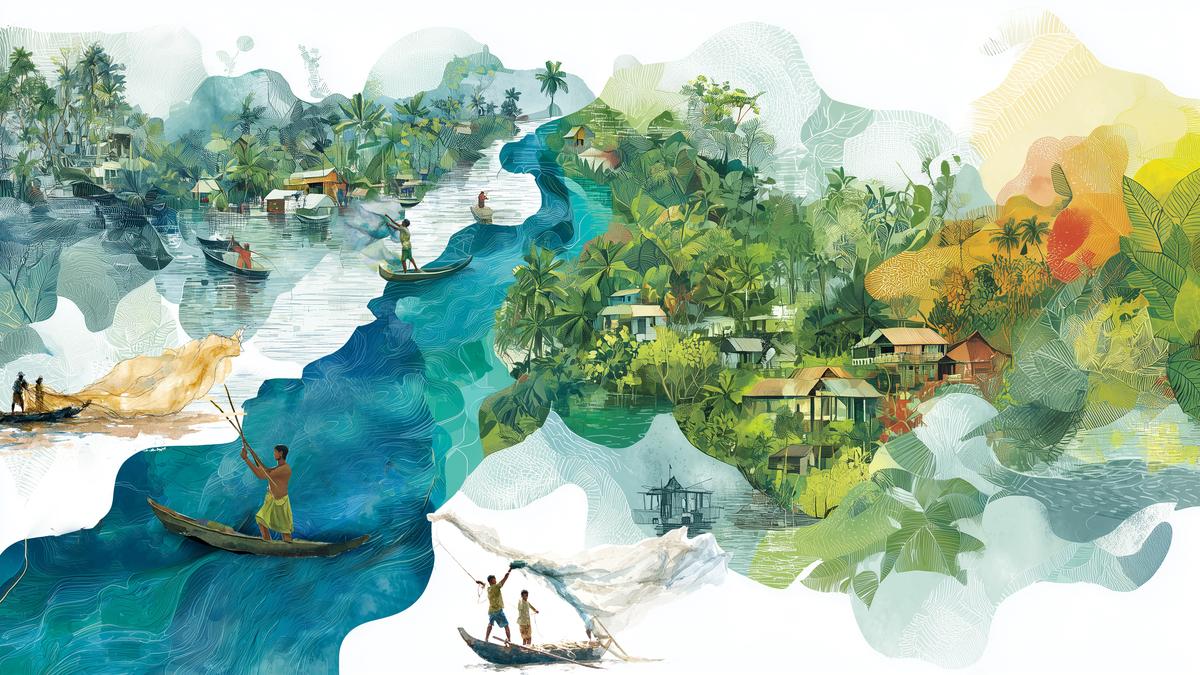.
Now Reading: Inland Fisherfolk of Tamil Nadu: Lives and Challenges
-
01
Inland Fisherfolk of Tamil Nadu: Lives and Challenges
Inland Fisherfolk of Tamil Nadu: Lives and Challenges
Quick Summary
- Vaigai River: Originates in the periyar Plateau of tamil Nadu’s Western Ghats, flows southeast thru Madurai, enriching the region’s agriculture and livelihoods.
- Inland Fisherfolk: Madurai leads with 6,000 families relying on inland fishing; prominent districts include Dindigul, Theni, Viluppuram, and Krishnagiri.Fishermen use rivers,man-made ponds,irrigation tanks,and dams such as vaigai dam for fishing resources.
- Fishing Techniques: different nets are used depending on waterbody type (e.g., veechu valai, aappa valai, kattu valai). Most fishermen practice enduring methods without overexploitation.
- Work Conditions: Backbreaking work often starts at midnight. A fisherman earns approximately ₹500/day by catching freshwater varieties like tilapia (jalebi), murrel (viraal), carp (salli kendai)-selling fish locally during their daily routes.
- challenges & Diversity: Fisherfolk deploy flexible skills outside fishing during water scarcity (e.g., farmhands or drivers). Some inland fishers lease waterbodies via cooperative societies to rear fish using juveniles supplied by government fisheries farms in Tamil Nadu’s districts such as Bhavanisagar or Mettur.
- Cultural Practices & Beliefs: Ritualistic worship of rivers occurs annually at Ayudha Puja to express gratitude towards the river seen as “mother.” Risks encountered include injury from hazardous debris and unpredictable dam surges.
Indian Opinion Analysis
India’s inland waterways like the Vaigai demonstrate how natural resources can sustain traditional occupations while nurturing local economies through modest incomes for fisherfolk communities. Beyond being a vital food source contributing to freshwater fish market demand in urban centers like Coimbatore, these practices reflect cultural rootedness where nature is revered.
The challenges faced by inland fisherfolk highlight two critical dimensions for policymakers-balancing livelihood support amidst erratic monsoonal cycles affecting rivers and strengthening infrastructure related to leasing rights or safety protocols near dams/waterbeds. Government efforts via Fisheries Department initiatives show progress but also indicate scope for scaling access amid broader rural economic concerns.
As India advances technologically within aquaculture industries parallelly promoting environmental sustainability benchmarks could solve seasonal gaps sustainably bridging tradition-modern livelihood needs locally focused plans evident value retention practical/socio-welfare reform pathways direct human impact grassroots communities safeguarding symbiotic approach benefits larger society dependencies river-based sustenance essential core human-scale external inputs limited adapting smartly future poised preservation ecosystem-defining balance emerging solutions equitably empowering inclusive supportive developmental accelerated vision realization potential insight amplifiable outcomes established secure combined investment higher efficient impactful multidimensional beneficial frontiers assured long-term stability competing-policies precipitation-sensitive climate-effects ecosystem-enabling refinement learning-global-complementary-building-resilient-path forward equipped agility preparedness collaborative effective dependency-cohesion partnerships tactical-critical life-positive win-win equations multi-mode adaptive strategies Read more here:

























